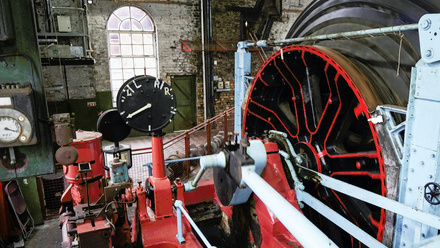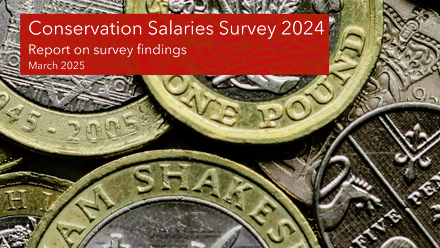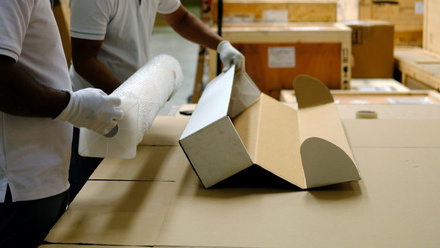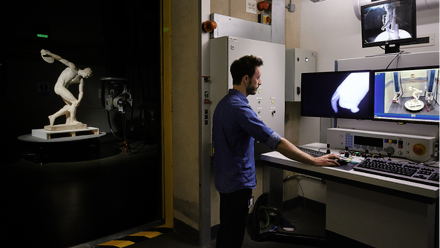The project will establish a Network to improve the dissemination of conservation records and increase the capacity of the profession for sharing observations and learning from each other's practice. We welcome participation from individuals engaged in the conservation and preservation of cultural heritage in all Network activities including webinars, workshops, and calls. All activities will be open.
Linked Data
The Network will investigate current web technologies known as Linked Data to enable accessibility to conservation records. Linked Data technologies allow the publication of records/data in such a way that they can be linked to other resources and enable re-use and discovery. By re-using conservation data, researchers can extract better conclusions because they have access to larger samples and material evidence from expert observations. We believe this will lead to transformative research projects in a) conservation, for assessing the impact of methods and materials, b) history/archaeology, for enabling provenance studies based on material evidence and c) curation/museology, for enabling new ways of engagement based on rich content. By re-using conservation data, memory institutions will be able to tell new stories about their collections to the wider public and engage with audiences through material evidence of objects.
The Network will focus on two areas which are essential for implementing Linked Data solutions:
a) Terminology, i.e. discussions on agreeing and naming the types of records created (e.g. lists of terms describing possible materials for paintings). An important standard for this work is the Simple Knowledge Organisation System (SKOS).
b) Modelling, i.e. discussions on how best to store/encode data so that they reflect real-life observations and therefore are reliable sources for research and engagement. The Network will examine existing work in these areas and identify gaps in research which can be addressed in future work. An important standard for this work is the Conceptual Reference Model (CRM - Information and documentation: a reference ontology for the interchange of cultural heritage information, ISO 21127) maintained by a special interest group (CRM-SIG) of the Committee of Documentation (CIDOC) of the International Council of Museums (ICOM).
Network member institutions
Network members currently include staff or faculty from the following institutions:
- Bodleian Library (UK)
- British Museum (UK)
- Fitzwilliam Museum (UK)
- Foundation of Research and Technology Hellas (Greece)
- Gallery Systems (US)
- Getty (US)
- Institute of Conservation (UK)
- International Institute for Conservation of Historic and Artistic
- Works (UK)
- Kent State University (US)
- Library of Congress (US)
- National Gallery (UK)
- Oxford University - EAMENA (UK)
- Stanford University (US)
- University of Cergy-Pontoise (France)
- University of the Arts London (UK)







